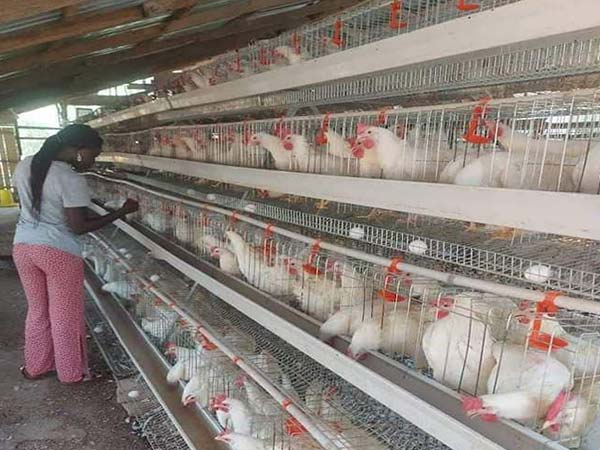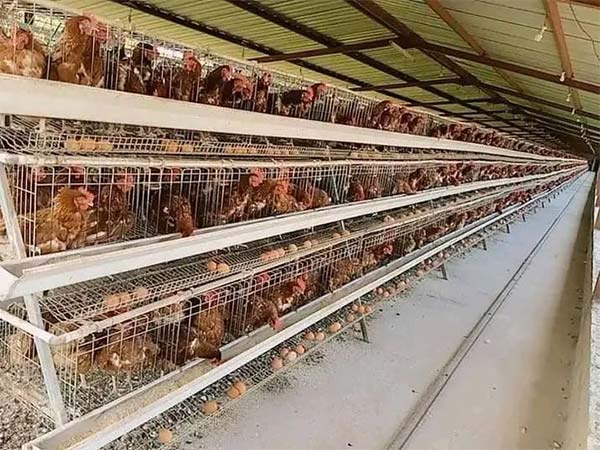Cost for Egg Laying Farming Chicken Cages for 10000 Layers
Investing in egg laying farming chicken cages for 10000 layers is a significant decision that requires careful cost analysis. Choosing the right equipment is crucial for efficient poultry farming, ensuring optimal bird health and productivity. This article comprehensively examines the cost implications of chicken cages for 10000 layers, enabling farmers to make informed investment decisions.
Cost of Layer Cage for 10000 Chicken
The cost of layer cage for 10000 chickens consists of several components:
- Material Cost: This includes the expense of raw materials, such as steel, wire mesh, and plastic components. The quality and durability of the materials used directly impact the cage’s longevity and maintenance costs.
- Construction Cost: The labor and manufacturing processes involved in assembling the cages can vary significantly depending on the design and complexity of the system.
- Additional Features: Automatic feeding and watering systems, egg collection mechanisms, and climate control systems enhance the efficiency and performance of the cage, but add to the initial investment.
Operational Costs
Beyond the initial investment, operational costs are an ongoing expense for maintaining the battery chicken cages and ensuring the well-being of the layers:
- Feed: Layer hens require a balanced diet to maintain high egg production. The cost of feed is a major operational expense, influenced by factors such as feed quality, market prices, and bird consumption rates.
- Water: Layers consume significant amounts of water daily. Ensuring a clean and fresh water supply is essential for bird health and productivity. The cost of water may vary depending on local availability and infrastructure.
- Electricity: Automated systems, lighting, and ventilation require electricity. The cost of electricity can fluctuate based on usage patterns and regional rates.
- Labor: Maintaining the battery chicken cages, including cleaning, disinfection, and bird care, requires regular labor. The cost of labor depends on the farm labor market and management practices.
Return on Investment
The potential return on investment (ROI) from egg production is a crucial factor to consider. Several key indicators influence the ROI:
- Egg Prices: The market price of eggs fluctuates based on supply and demand. High egg prices can significantly boost the profitability of egg production.
- Market Demand: The demand for eggs in the local or target market impacts the revenue potential of the farm. Consistent market demand ensures a stable income stream.
- Production Efficiency: Well-designed and managed chicken cages contribute to optimal bird health and egg production. Higher production efficiency translates to increased revenue and faster ROI.
Conclusion
Investing in egg laying farming chicken cages for 10000 layers requires a comprehensive understanding of both the cost implications and the potential return on investment. Farmers should carefully evaluate the material, construction, and operational costs associated with different chicken cage systems. By making informed decisions based on bird health, productivity, and market factors, farmers can optimize their investment and achieve long-term profitability. It is essential to consider the overall cost-effectiveness and sustainability of the egg farming operation when making the choice.


